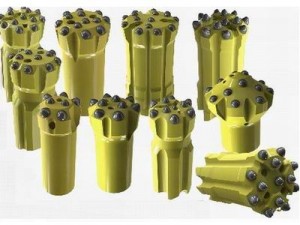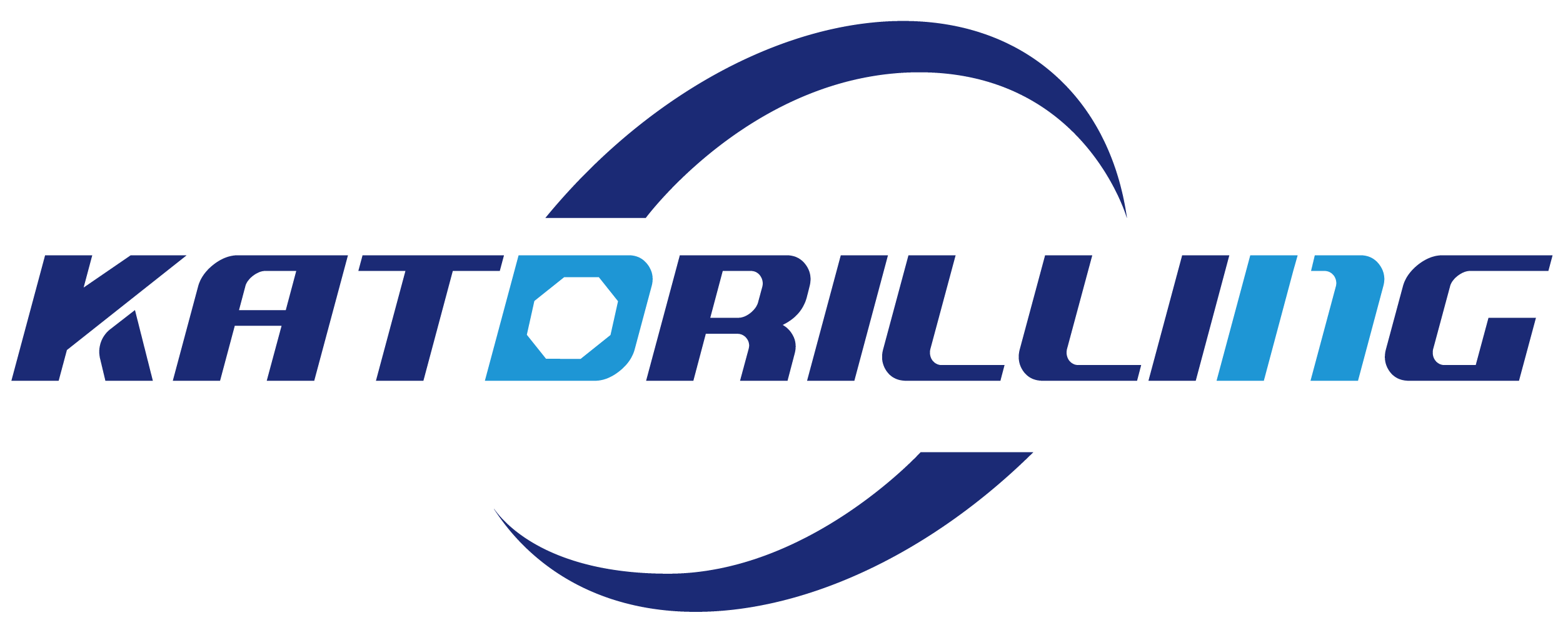The drill was "overdesigned," said Chris Mattson, the faculty mentor for the project. But the simplicity keeps the machine "working for many years without trouble."
L. Grossman. What does Marsâ lake mean for the search for life on the Red Planet? Science News Online, July 27, 2018.
Steve Oldham, Carbon Engineering’s chief executive, added that direct-air-capture synthetics have an advantage over traditional fossil fuels: They won’t have to spend a dime on exploration. “If you were a brand-new company looking to make fuel, the cost of finding and then extracting fossil fuel is going to be really substantial,” he says. “Whereas our plants, you can build it right in the middle of California, wherever you have air and water.” He told me that the company’s first large-scale facility should be up and running by 2022, and will turn out at least 500 barrels a day of fuel feedstock — the raw material sent to refineries.
Last fall, the National Academies of Sciences, Engineering and Medicine published a lengthy study on carbon removal. Stephen Pacala, a Princeton professor who led the authors, pointed out to me that negative-emissions technologies have various strengths and drawbacks, and that a “portfolio” approach — pursue them all, then see which are the best — may be the shrewdest bet. If costs for direct air capture can be reduced, Pacala says he sees great promise, especially if the machines can offset emissions from economic sectors that for technological reasons will transition to zero carbon much more slowly than others. Commercial aviation, for instance, won’t be converted to running on solar power anytime soon. Jennifer Wilcox, a chemical-engineering professor at Worcester Polytechnic Institute, in Massachusetts, told me that air capture could likewise help counter the impact of several vital industries. “There are process emissions that come from producing iron and steel, cement and glass,” she says, “and any time you make these materials, there’s a chemical reaction that emits CO₂.” Direct air capture could even lessen the impacts of the Haber-Bosch processes for making fertilizer; by some estimates, that industry now accounts for 3 percent of all CO₂ emissions.

An increase in gross profit was more than offset by a 39 per cent rise in operating costs to €18.3 million linked to the seven acquisitions the group carried out between August 2014 and March 2015. Those deals added €4.1 million in operating expenses, the group said.
Pacala equates the challenges confronting Climeworks and Carbon Engineering to what the wind- and solar-power industries faced in the 1970s and ’80s, when their products were expensive compared with fossil fuels. Those industries couldn’t rely on demand from the private sector alone. But some policymakers perceived tremendous environmental and public benefits if they could surmount that hurdle. Government investments in research, along with state and federal tax credits, helped the young industries expand. “Wind and solar are now the cheapest forms of energy in the right locations,” Pacala says. “The return on those investments, if you calculated it, would blow the doors off anything in your portfolio. It’s like investing in early Apple. So it’s a spectacular story of success. And direct air capture is precisely the same kind of problem, in which the only barrier is that it’s too costly.”
Negative emissions can be thought of as a form of time travel. Ever since the Industrial Revolution, human societies have produced an excess of CO₂, by taking carbon stores from deep inside the earth — in the form of coal, oil and gas — and from stores aboveground (mostly wood), then putting it into the atmosphere by burning it. It has become imperative to reverse the process — that is, take CO₂ out of the air and either restore it deep inside the earth or contain it within new surface ecosystems. This is certainly easier to prescribe than achieve. “All of negative emission is hard — even afforestation or reforestation,” Sally Benson, a professor of energy-resources engineering at Stanford, explains. “It’s not about saying, ‘I want to plant a tree.’ It’s about saying, ‘We want to plant a billion trees.’ ” Nevertheless, such practices offer a glimmer of hope for meeting future emissions targets. “We have to come to grips with the fact that we waited too long and that we took some options off the table,” Michael Oppenheimer, a Princeton scientist who studies climate and policy, told me. As a result, NETs no longer seem to be just interesting ideas; they look like necessities. And as it happens, the Climeworks machines on the rooftop do the work each year of about 36,000 trees.
Meanwhile Craig Tester and Jack Begley travel to the Oak Island Marina on the western shore of Nova Scotia in order to meet up with a survey team from the Centre of Geographic Sciences.

BJM and JHW drafted the manuscript. JHW performed the statistical analyses shown in Figure 1. BJM, JHW, JB, RGM, AART, RHG, SAB, RCB, JDK, RJW, DTH, TEW and AM made substantial contributions to successive drafts and thereby to the intellectual content of this article. All authors read and approved the final manuscript.
The crime triggered in Melbourne horror and grief. More than 1000 people, most of them women, took part on Friday in a memorial service on the steps of the Parliament building. A flower-filled tram drove along the route that had taken the victim on his way home.
Over the next decade, however, Bosch and his team overcame a multitude of technological and metallurgical challenges. He chronicled them in his 1932 acceptance speech for the Nobel Prize for Chemistry — an honor he won because the Haber-Bosch process, as it came to be known, changed the world. His breakthrough made possible the production of ammonia on an industrial scale, providing the world with cheap and abundant fertilizer. The scientist and historian Vaclav Smil called Haber-Bosch “the most important technical invention of the 20th century.” Bosch had effectively removed the historical bounds on crop yields, so much so that he was widely credited with making “bread from air.” By some estimates, Bosch’s work made possible the lives of more than two billion human beings over the last 100 years.
Safety+Health magazine, published by the National Safety Council, offers comprehensive national coverage of occupational safety news and analysis of industry trends to 86,000 subscribers.
The Lost Art of Animal Trapping | Features | Carbide Cylindrical Pin Related Video:
, , ,
